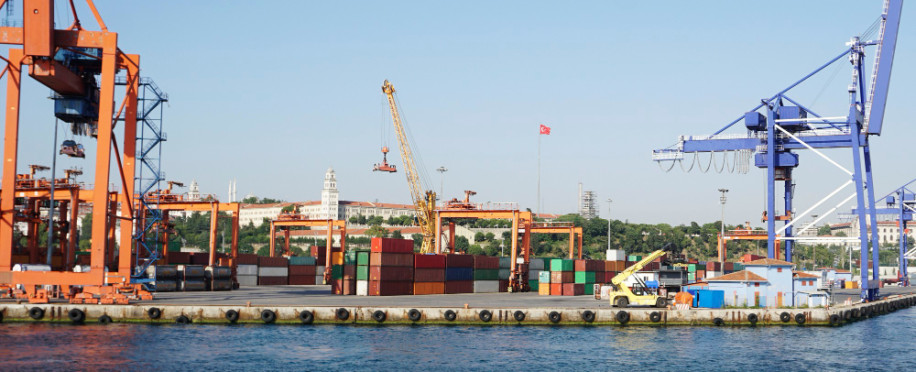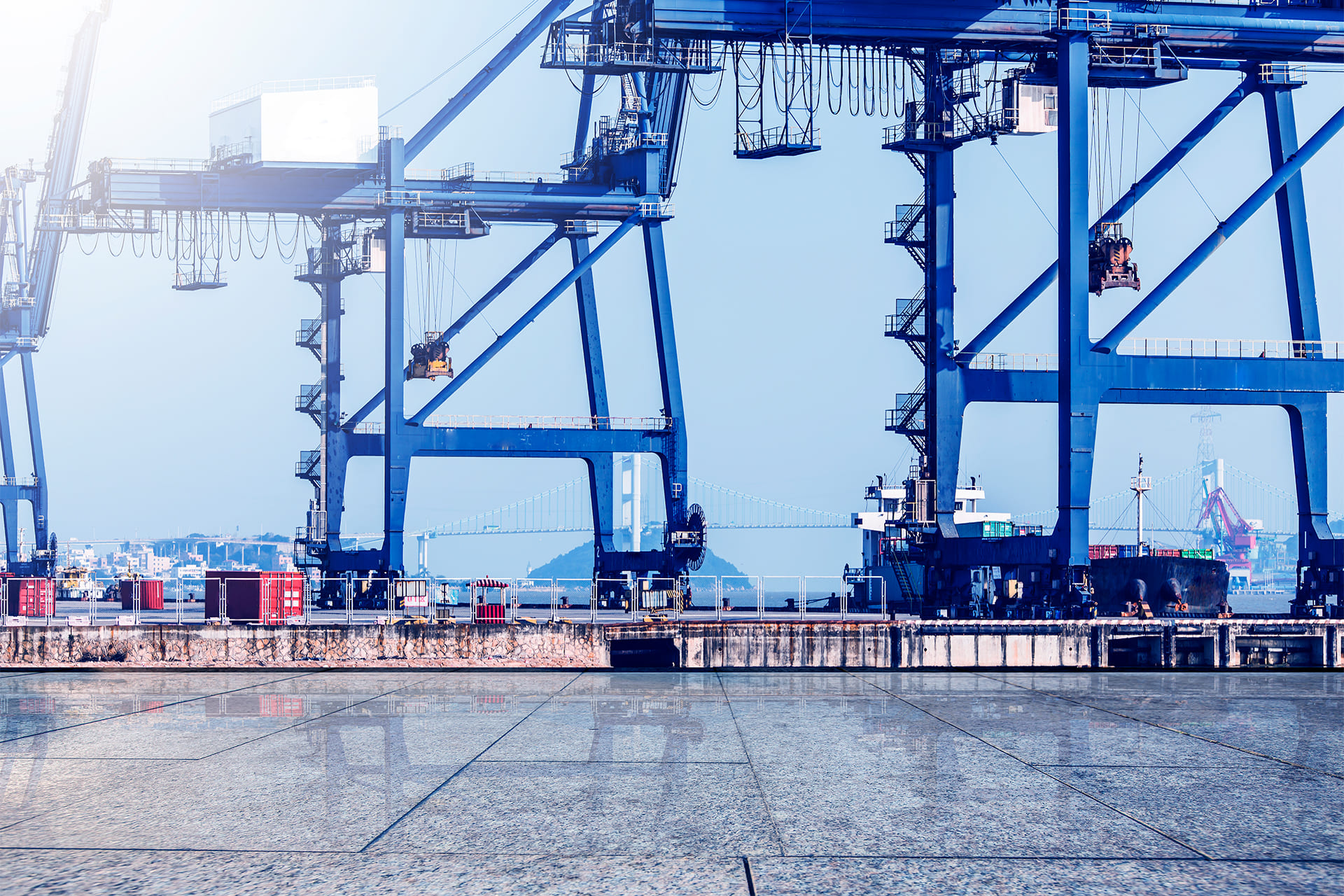Inland Ports and their Role in Enhancing Intermodal Transportation

Posted on Sep 02, 2023 at 10:09 PM
Inland ports, although rarely thought of when talking about maritime transport, are an essential part of the shipping industry. They offer a great substitute for coastal seaports and can become an excellent building stone for supply chain development.
Inland ports and intermodal transportation: How does this happen?
Let's start with this simple question: How can an inland port be defined?
An inland or dry port is a type of port situated on a waterway (like a river, lake or canal) instead of a coastal ports located on a seashore or a gulf. They are typically smaller and are used to transfer freight containers across rivers into the ocean or from one location without access to the sea.
What about Intermodal transportation? Well, it means using more than one method of transportation to move cargo from one place to the other.
Now, how do inland ports play a role in intermodal transportation?
Let's examine how Inland ports work. They're terminals used to switch the container shipping from land (trucks, railroad trains) to water (vessel shippers), and if you take a closer look, this is the definition of intermodal. That also allows inland ports to be vital to any shipping road.
Benefits of inland ports
But we have seaports, right? They're enough; why ask for more?
Well, the thing is that seaports have their limits. And since the world keeps growing and the shipping trade is growing more competitive, we need more efficient ways of moving cargo from one place to another. Inland ports can solve this problem because they allow for speedier multimodal transportation of goods and people.
These tiny ports can solve major seaports' congestion and pressure when at total capacity. Companies may use inland ports to create an equal distribution of goods across a country's ports.
There are many other benefits that inland ports can have, environmental, economic and more, let's get to know them:
-
Inland ports are typically more environmentally friendly; they reduce the ecological effects that
-
They only require a little space to be built in places without room for a seaport.
-
They offer better safety options because fewer accidents involving boats and ships are here.
-
The way inland ports are positioned close to cities or industrial centres allows companies to ship directly from the manufacturing site and avoid keeping goods in storage or moving them around much.
-
Inland ports play a massive role in improving the economy and driving economic growth by creating more effective supply chains. They can boost shipping time from the source to the destination.
How to use inland ports as a model of transport?
Let's say you own an international shipping company that uses multiple forms of transport (for example, rail and trucks), and you want to expand your business and make it more efficient.
And you provide a service to a network of cities connected to one river; you already have commerce transfer lines between these cities, but you've just heard of inland ports and wonder whether they'd be suitable investments.
Here are the pros and cons:

-
An inland port opens new opportunities for growth for your business and allows you to reach more facilities in more cities.
-
An inland port might create new connections between your city and another facility or shipping destination you've never considered including in your project.
-
Managing an inland port is more accessible than a seaport because it's smaller and requires less infrastructure and equipment management.
On the other hand:
-
Investing in building or using an inland port can financially burden the company.
-
Some might argue against diving into an unknown method of transport when a good one already exists.
-
Inland ports are not designed to handle large cargo driven in and out, so it might not be good news if you're looking into bulk loading.
What now?
Now that you've learned about inland ports and how they can be used as an extension of your shipping project, it's time to take your next steps; here's how:
-
First, you must study, join a program or sign up for Port Management courses in UK; these programs will allow you to grasp the whole concept of port management, logistics and port authority.
-
Next, it's time to dive in and use what you've learned to manage and use inland ports in the best way possible. Try tricks and new techniques, and constantly experiment.
-
Finally, always stay in touch because learning is not a one-stop; it's a journey! Learning about the latest trends in inland port management will keep you on top of your game.
In conclusion
Inland ports are essential to the future of shipping and logistics. They can help you stay ahead of your competition and keep up with the times. So what are you waiting for? Join the experts today!
Related Articles
There are no articles!

